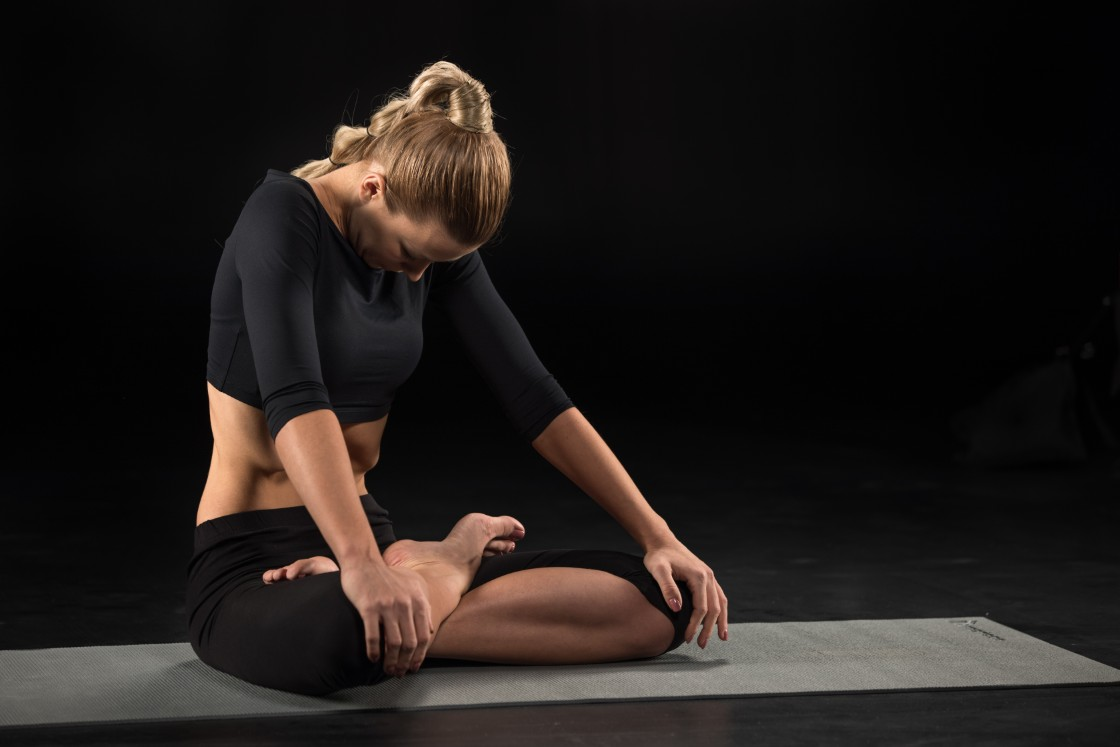The Nasikagra Mudra (Gaze Fixed on the Nose Tip) of Hath Yoga

The Nasikagra Mudra (Gaze Fixed on the Nose Tip) Mind steady, eyes semi-open, gaze fixed on the nose tip, the moon (ida) and sun (pingala) suspended, without any movement (physical or mental), that one attains the form of light (jyoti) which is endless and is complete, radiant, the Supreme. What more can be said? (41) The Nasikagra mudra could swiftly arouse the kundalini energy in the muladhara chakra. Its effect on the nervous system is similar to that of Bhastrika pranayama, even stronger. Due to its strong effect on the nervous system, the nasikagra mudra should be done carefully, only while sitting and under the guidance of a guru. People with optic and neurological issues should not do nasikagra mudra. Technique of Nasikagra mudra Start with eyes closed and internally visualise the bridge of the nose. Lightly open the eyes and gaze at the tip of the nose. Breathe normally, not too deep neither too light. Breathe calmly. As you focus, the eyes will cross and the images ...














